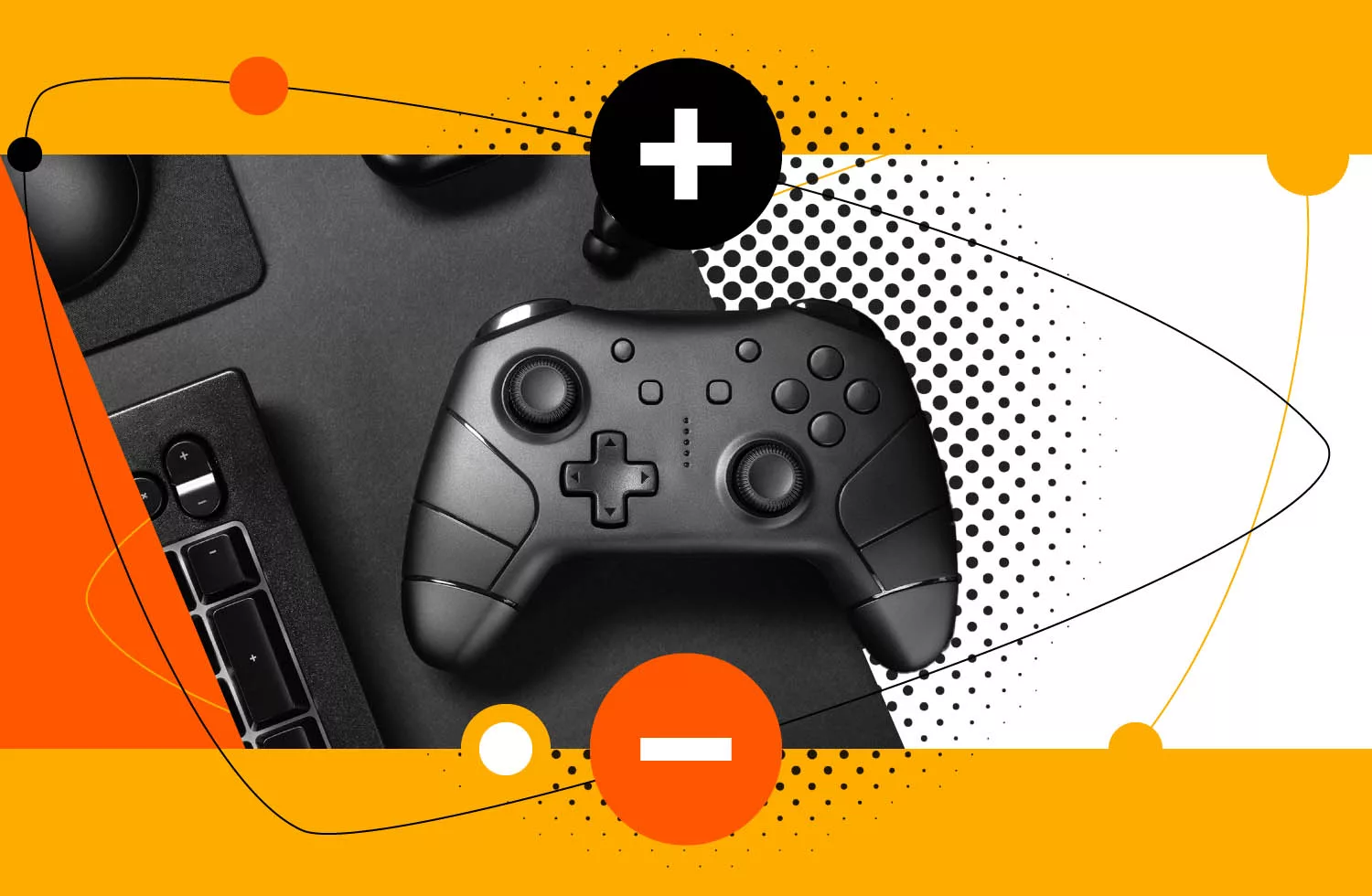
It seems like forever since the latest iteration of PC RAM, DDR4 RAM.
The emergence of DDR5 RAM is a much-needed addition to a desktop’s primary memory, read on to discover its primary benefits to gamers like you.
The next generation of PC memory is upon us. DDR5 RAM is the fifth iteration of Double Data Rate Synchronous Dynamic Random-Access Memory (DDR SDRAM).
Your computer’s memory is still the beating heart of your gaming PC’s hardware, designed to handle the operation of all your installed games and applications, from survival to first-person shooter games.
Within this guide to DDR5 RAM, we’ll explore the headline improvements on DDR4 RAM and whether you should start to invest in DDR5 RAM from now onwards.
DDR5 RAM: Setting a new standard for PC memory
DDR5 RAM was released into the ether in early November 2021. It was pitched alongside the 12th generation GPUs from Intel, as well as its Z690 motherboards.
They are already being sold in the “Alder Lake” desktop processors from Intel Core. At the time of their release, they were the only mainstream chips compatible with the latest DDR5 RAM.
However, that is sure to change in the coming weeks and months. There is an expectation within the gaming industry that most devices that currently lean on DDR4 RAM will be required to migrate over to DDR5 RAM.
Gaming RAM is one of the most important pieces of hardware for your gaming, allowing your computer to handle temporary storage of data within your PC and giving you the chance to be fast and agile when it counts.
Is DDR5 RAM available yet?
Yes, DDR5 RAM is available, although it has limited supporting hardware at present.
The Alder Lake and Z690 chipset are the only compatible mainstream platforms featuring it at present.
However, the likes of AMD and Samsung are investing heavily in ramping up mass production of superfast DDR5 RAM in the near future.
Is DDR5 RAM available for laptops?
Yes, DDR5 RAM is featured within the latest laptops built using Intel’s Alder Lake 12th generation processors. It’s also expected that DDR5 RAM will be featured within laptops powered by AMD’s Rembrandt processors.
Unlike most desktop PCs, which allow you to customize your choice of gaming RAM between DDR4 and DDR5, it looks likely that laptop users won’t have such flexibility.
Most high-performance laptops will feature DDR5 as a matter of course, which should ensure that the latest laptops can handle the demands of most gamers on the go.

Is DDR5 RAM good for gaming?
When it comes to benchmarks, many PC and Mac games have been road tested using both DDR4 and DDR5 RAM in a bid to determine the performance improvements with the latest generation of gaming memory.
It was found that performance improvement on games like Assassin’s Creed Valhalla was between 13%-15% better with the DDR5, while the average frame rate at 1080p was up as high as 137 frames per second, suggesting that DDR5 is the best RAM for gaming.
How does DDR5 RAM compare with DDR4 RAM?
The difference between DDR5 RAM and its predecessor can be measured in clock rate and data rate. To measure the data rate of RAM, this is often displayed in Megatransfers per second (MT/s).
When it comes to DDR4, typical data rates range from 1,600 MT/s through to 3,200 MT/s. In addition, clock rates for DDR4 memory weigh in between 800 MT/s and 1,600 MT/s.
Although overclocking can sometimes give these numbers a nudge in the right direction.
By contrast, its successor posts improved data rates in the range of 4,800 MT/s to 8,400 MT/s. Meanwhile its clock rates build upon the highest possible rates of DDR4, ranging from 1,600 MT/s through to an impressive 4,800 MT/s.

Another big difference between the fourth and fifth iteration of PC memory is their maximum die density. Dies are the integrated circuit modules within an individual stick of RAM.
The maximum density of DDR4 dies is 16Gb, but its successor has managed to achieve a four-fold improvement in density to 64Gb.
Although it’s said that the data width of both RAM options is similar, the fifth-generation release boasts improved channel architecture. Each stick of RAM contains two channels rather than one within a stick of DDR4.
This means your desktop’s CPU can access the same stick of RAM twice, doubling up on your memory’s burst length and burst chop.
The management of DDR4 RAM’s power is overseen by the motherboard. Its successor manages its own power with a power management integrated circuit (PMIC) fitted within each stick of DDR5.
The theory behind the use of a PMIC is to ensure optimal use of power. In addition, DDR5 sticks are designed to operate at a reduced voltage than its predecessor.
Although it’s only a modest drop from 1.2V to 1.1V, this difference will be most felt on smaller devices.

The problem with DDR5
The biggest issue with DDR5 RAM right now is its availability and price. A shortage of stock means that very few retailers have the next generation of RAM on their shelves.
On the rare occasions that it is available to buy on or offline, it’s very expensive. If you have the budget to afford to be an early adopter of this technology, then by all means go ahead, but many would recommend that you hold fire and wait until the supply and price drops in tandem.
It’s also worth noting that upgrading your RAM from DDR4 to its successor may not be as straightforward as purchasing new RAM sticks.
DDR5 in a nutshell
For DDR5 to be compatible with the desktops of today, you’ll need to invest in a new motherboard and CPU too. A new power supply may also need to be factored into the equation to accommodate all of the above enhancements.
Although DDR5 RAM will certainly set the new standard for high-performance gaming, it may be another year or two until we truly see it reach the mainstream gaming community.











